Tamron SP 90mm f/2.8 Di Macro 1:1 VC USD Review (F017)
Dustin Abbott
March 19th, 2016
The Tamron 90mm f/2.8 VC: Finally There?
Check me out on: Google+: | Facebook: | Twitter: | Flickr: | 500px:
It was only 28 months ago that I was reviewing the predecessor to this lens, and my final verdict was that it was generally excellent and a strong competitor to lenses like the Canon 100mm f/2.8L IS while undercutting it significantly in price. So why, you might ask, is Tamron already replacing a lens that few people would suggest needed an update? The answer to that question is at the heart of our comparison of the older lens (known by the internal code F004) and the new Tamron SP 90mm f/2.8 Di Macro 1:1 VC USD (code F017).
If you prefer to watch your reviews, I’ve got you covered! Check out my video review here:
Tamron had already experienced a sort of renaissance nearly five years ago when it began to produce quality, competitive zoom lenses with much better AF motors (USD and PZD), image stabilization (VC – Vibration Compensation), and higher grade build quality with some degree of moisture and dust resistance. Lenses like the 24-70mm f/2.8 VC, 70-200mm f/2.8 VC, and then the 15-30mm f/2.8 VC offered up optics that were as good as the first party competitors while often surpassing them in features. I own all three of these lenses and love them. Tamron then started the “affordable reach” revolution with the 150-600mm f/5-6.3 VC lens, a lens that not only made its way into many photographers bags but inspired a number of competing lenses to be built. In the midst of all of this Tamron released a lone prime lens (for full frame systems) in the 90mm f/2.8 VC lens (F004).
In the past year Tamron has turned its attention to the prime lens market and simultaneously released the excellent 35mm and 45mm f/1.8 VC primes in their new SP (Super Performance) prime line. I reviewed both of those lenses and added the 45mm VC to my own kit. These lenses pioneered a completely new look for Tamron, from the logo to the lens design to the class of the build quality. They are competitive with, well, everything, despite having a slightly smaller maximum aperture than some competitors. Those lenses have been well received critically, and have proven to be only the opening salvo in a whole new line of lenses. The second wave of announcements features this lens along with a highly anticipated 85mm f/1.8 VC lens. In the midst of this was another important announcement: the release of the Tap-In console for all of the new SP lenses that will allow the lenses to receive firmware updates and even to customize aspects of focus, focus limiting, and VC performance. This is similar to Sigma’s USB dock, and, while not for everyone, it does allow a deeper level of customization for those users with the expertise and desire to maximize productiveness from their lenses. The new Tamron SP 90mm f/2.8 Di VC USD (F017) is compatible with the Tap-In console, which reveals at least one of the reasons for the redesign.
The Zeiss lens company announced and released 6 lenses simultaneously in their new Milvus line last year. Only two of those lenses had brand new optical designs. The goal was more about standardizing the look/identity of some of these lenses while upgrading their build, coatings, and handling to modern standards; their optics were already good. I see a similar logic here from Tamron. The question is, “Do the updates to the 90mm f/2.8 VC take it from being a competitive lens to a superior one?”
The Upgrades
Let’s group the upgrades together: substantial build updates, including more metal in the construction and superior dust and moisture resistance, improved coatings (including fluorine on the front element), improved AF speed and general performance, and the addition of XY-Shift compensation to help VC performance…particularly at macro distances. There is also updated coatings (Tamron’s new proprietary eBAND and BBAR) along with optimization of the bokeh performance, all of which whose importance should not be underestimated.
So while the basic optical formula is unchanged from the previous lens, there are a number of significant changes that will improve the function, performance, and yes, the look of the images produced by the lens. In short, there is a lot going on here beyond just standardizing the look of Tamron’s prime lenses.
While Tamron’s original 90mm macro lens has continued to be sold, it should be noted that the new lens will immediately replace the last generation 90 VC (F004) and it will no longer be sold.
The F004 lens was generally excellent, proving to be optically competitive with the Canon EF 100mm f/2.8L Macro IS (a lens I own and love). I directly compared the two lenses in my review and found that while they were remarkably close, I found the Canon still had a very slight edge in the overall handling and performance. Are the new upgrades enough to push the advantage balance into Tamron’s camp?
Right off the bat there is one obvious difference; the build quality advantage now belongs to Tamron. Tamron’s new SP design language is very nice, very modern, and very elegant. It is also noticeably more robust than previous Tamron lenses. It is reminiscent of the Sigma ART series on some levels, though unique in its own way and actually more functional. The design is now all lightweight metals as opposed to engineered plastics over a metal shell. It has a more thorough dust and moisture resistance than before, which includes seals not only at the mount but at critical junctures near the switches, focus ring, and other areas. The F004 generation claimed “moisture resistance”, while the new lens professes to be “moisture proof” and “dust resistant”. Tamron stressed this language in the lens’ relief, so they are clearly far more confident in the sealing. Saying “moisture proof” is rather bold, but still don’t plan on dunking this lens in water. Typical weather shouldn’t adversely affect it, though. The fluorine coatings on the front element repels water and fingerprints and improves durability as well. I noticed while doing this comparison that my 100L definitely has some dust in it despite have some form of weather sealing, so if Tamron has gotten this figured out it is another big advantage.
I’ve had some interested photographers from India that are planning to buy this lens based on the enhanced weather sealing alone. The heavy monsoon season there is destructive to lenses, and one photographer’s 100L was in the shop because the aperture blades were stuck due to the weather conditions. He stated that he had other photographer friends with similar issues. He plans to sell his Canon and purchase this lens because of the more robust weather sealing (and the much longer warranty period doesn’t hurt, either!) I stated in the reviews of the 35mm and 45mm VC lenses that I felt Tamron was making a smart move by setting its products apart by offering more robust weather sealing (something Sigma hasn’t included on any of the ART series primes).
The overall size and shape is very similar to the previous lens but not identical. The new lens is minutely larger (4.61″/117.1mm vs. 4.51″/114.5mm) and heavier (610g vs. 550g). The F017 is also 2.5mm thicker. Neither of these size changes are significant enough to make any real difference in the field, but the improvements to the build over the F004 are well worth the marginal size and weight increases. I’m not aware of any macro lens that bests the build of the F017, though I haven’t (yet) tested the Zeiss Milvus 2/100 Makro-Planar lens. The F004 lens made the jump to being internally focusing, and the F017 continues that tradition. Nothing moves externally during focus. A standard lens hood is included.
Even the filter threads are made of metal (rather than plastic) on the SP Primes series. My one (minor) gripe about the build is that the front filter threads continue to be for a 62mm filter – this is a pretty uncommon size and it may be unlikely that you will be able to share filters with other lenses in your kit (Tamron’s 70-300mm f/4.5.6 VC USD is the one other lens that comes to mind that uses the same filter size). On a positive note, the smallish size of the 62mm standard means that filters will be relatively inexpensive.
There are three switches on the side of the barrel: a 3 position focus limiter, AF/MF switch (though full time manual override is available), and an On/Off switch for the VC. I find the switches on the SP Primes to be a tactile improvement over the older Tamron designs.
As with the other SP primes that I have reviewed, the lens says both “Designed in Japan” and “Made in Japan” on the barrel. This is a very pretty lens. Here are few more looks at it:
Macro lenses have very unique image stabilization needs. The nature of macro photography introduces unique stresses on trying to stabilize an image at close focus distances. The F017 introduces new technology into the VC (Vibration Compensation) system of the previous generation, including an accelerometer to compensate for shakes on the x-y plane. Here’s one of the several handheld macro shots I took during my review period.
The end result is better stability at all focus distances, including macro. One final plus for the F017 is the ability to customize the stabilization behavior to your unique needs through the Tap-in Console.
One of the improvements that immediately stood out to me is the improved performance of the USD (Ultrasonic Drive) autofocus motor. The press release from Tamron stated, “The control software program for the USD (Ultrasonic Silent Drive) actuator has been revised to provide substantially improved focusing speed and accuracy when using AF.” Real world testing shows that the autofocus is noticeably snappier, and typical adjustments come almost instantaneously. The lens is even able to rack through the whole very large focus range of a macro lens quite quickly. Autofocus performance can be further customized through the use of the three position focus limiter switch, and, in the near future, through software tweaks via the Tamron Tap-in Console accessory.
When I did a typical AFMA on the 90 VC (F017) I found that while it needed a good bit of adjustment (-10 on my review body) the results were consistently repeatable each of the three times that I did the test. Focus results were also nicely consistent during the review. More customization will be possible once the Tap-in Console arrives.
Compatibility with Tap-in is a big advantage for the F017. This type of lens will have even more areas that can be customized than the average lens, including focus limiter, VC performance, and autofocus tweaks. This provides a unique advantage over all other macro lens competitors at the moment. It also helps give peace of mind that the lens can be easily updated via firmware in the future to both improve performance and ensure ongoing compatibility with the camera systems it is developed for. This accessory also means that those of you without the ability to do microadjustment within your camera body will still be able to tweak the AF via the console.
Image Quality:
If you would like to see a broader range of images, feel free to check out my review of this lens’s predecessor. These lenses share a basic optical formula, though the new lens will produce slightly better image quality due to a few key improvements.
Image quality was already excellent, so few improvements were needed here. I did notice what I would consider an improvement in the overall contrast of the images. In a direct comparison between the Canon and the F017 I found that the Tamron appeared to have the slightest of edges when it comes to contrast and the overall look of the images. Here are a few direct comparisons.
Tamron mentioned that the F017 has received “optimizing” to its bokeh “to minimize any blurring with a doubled image appearing for a single line because that phenomenon has a considerably negative impact on background image quality.” I looked back at some similar images I had taken with the F004 two and a half years ago, but I wasn’t able to actually see what they are referring to. Suffice it to say that the bokeh here seems quite good overall and looks almost identical to that of the Canon 100L, a lens I have long praised for its bokeh performance. The bokeh from the F017 looks pretty yummy here:
Here are a number of other “bokehlicious” samples:
The F017 has nine rounded blades in its aperture that help retain a circular shape when stopped down. It does quite a good job. Here is a look at the aperture shape from f/2.8 to f/8:
Tamron has also updated the coatings to their proprietary eBAND and BBAR coatings. These are designed to reduce flare and ghosting, help eliminate chromatic aberrations, and increase contrast. Mission accomplished. I shot into the sun a fair bit without introducing any kind of veiling or ghosting. I saw extremely low levels of CA (very important for a macro lens and all of those shiny surfaces you will be shooting), the flare resistance was excellent, and the contrast compared favorably with the Canon 100L Macro lens. The end result is the already excellent image quality from the previous lens now has a bit more pop.
One area where the Tamron still lags behind the Canon competition is in a typical Tamron weak spot – light transmission. I noticed when testing the stabilization on a calendar with constant lighting that the Canon consistently exposed more brightly than the Tamron with identical settings. I had to increase the Tamron’s image by about half of a stop to get an equal histogram.
One other minor niggle was that I found the VC (Vibration Compensation) a little louder than I’m used to. It may have been specific to my review copy, or it could be due to the new accelerometer.
To see many more images, check out the Lens Image Gallery here:
Conclusion:
After having spent some time with the new lens it is easy to see why Tamron refreshed this lens in the way that they did. Now all of their prime lenses will conform to the same standard and will share a “family resemblance”, but beyond that the end result is a significantly improved lens that has great optics in a class leading build. The ability to customize the lens via the soon-arriving Tap-in Console gives Tamron (at least temporarily) a one-up on the competition. This is one of the rare occasions where third party AF is completely competitive with that of the first party lens. Vehicle manufacturers sometimes do a “mid-cycle refresh” to their vehicles that often significantly improves them, and Tamron has done the same here. The Tamron SP 90mm f/2.8 Di 1:1 Macro VC is a great lens that deserves to make its way into a lot of photographer’s bags.
Pros:
- Vastly improved build quality that is now class leading
- Enhanced “moisture proofing” and “dust resistance” (Tamron’s words).
- Class leading 6 year warranty
- Improved AF performance that now matches first party AF
- Ability to use the Tap-in Console to install firmware and customize performance
- Improved coatings increase performance
- VC Performance has been enhanced specifically for macro performance
- US pricing has actually gone down rather than up compared to last gen
Cons:
- Light transmission lags behind Canon 100mm f/2.8L IS Macro
- VC system seems a little noisier (accelerometer?)
Gear Used:
Canon EOS 6D DSLR Camera (Body Only)
In Canada: Tamron SP 90mm f/2.8 Di VC USD Macro Lens here. (use code AMPLIS52016DA to get 5% off)
In the USA and World: Tamron SP 90mm f/2.8 Di Macro 1:1 VC USD (F017)
Adobe Lightroom CC Software for Mac and Windows (Boxed Version)
Adobe Photoshop Creative Cloud 1-Year Subscription
Alien Skin Exposure X (Use Code “dustinabbott” to get 10% anything and everything)
Purchasing your gear through B&H and these links helps fund this website and keeps the articles coming. Thank you for your support.
Great News! I can now offer a 5% discount on all purchases at Amplis Foto, Canada’s Leading Photographic Supplier. Please enter discount code: AMPLIS52016DA in your cart. It is good for everything in your cart, and is stackable with other coupons, too! It will take 5% off your entire order! Proceeds go towards keeping this site going and providing you with new reviews!
Check me out on: Google+: | Facebook: | Twitter: | Flickr: | 500px:
DISCLAIMER: This article and description contains affiliate links, which means that if you click on one of the product links, I’ll receive a small commission. As an Amazon Associate I earn from qualifying purchases.
17 thoughts on “Tamron SP 90mm f/2.8 Di Macro 1:1 VC USD Review (F017)”
Leave a Reply
You must be logged in to post a comment.











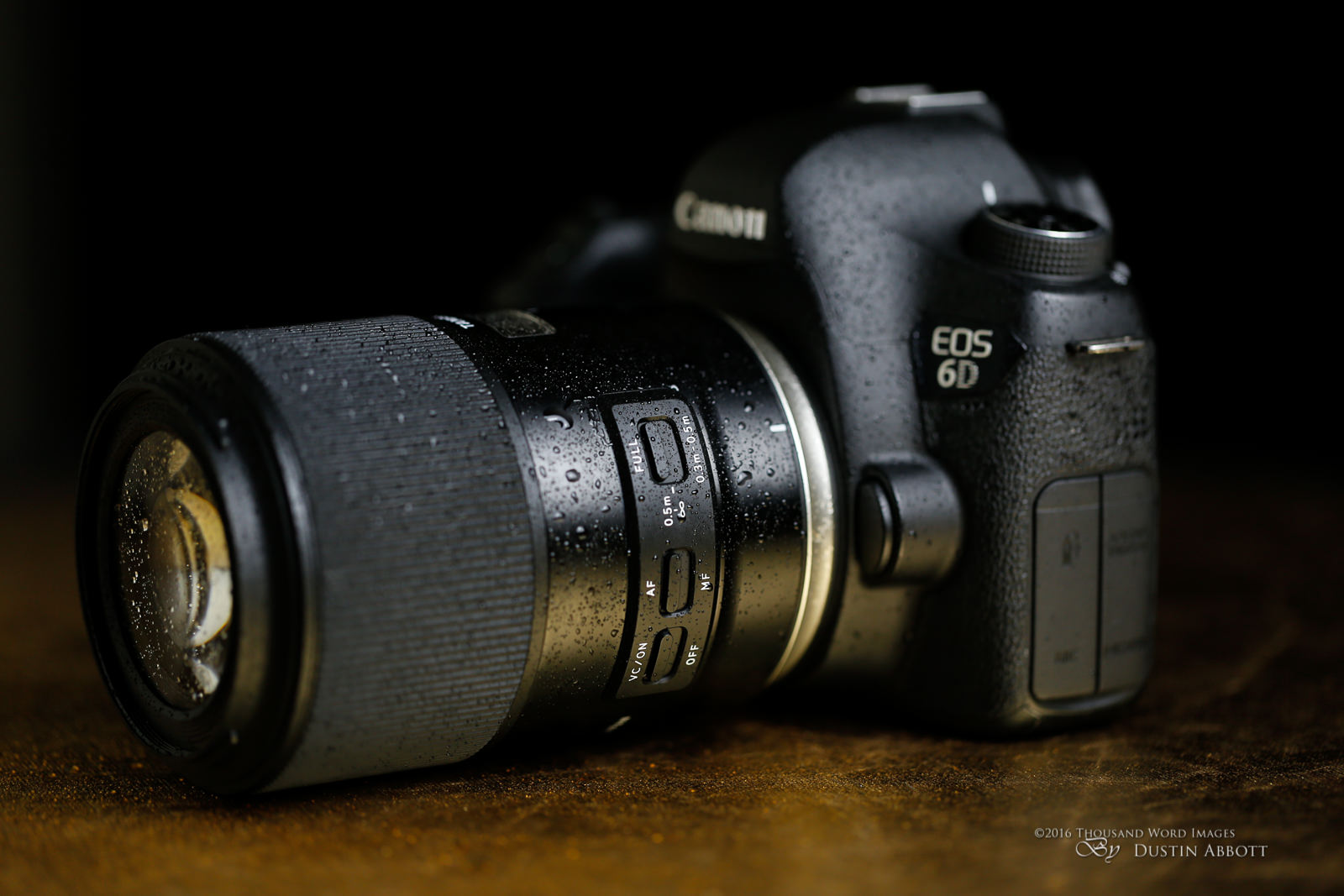
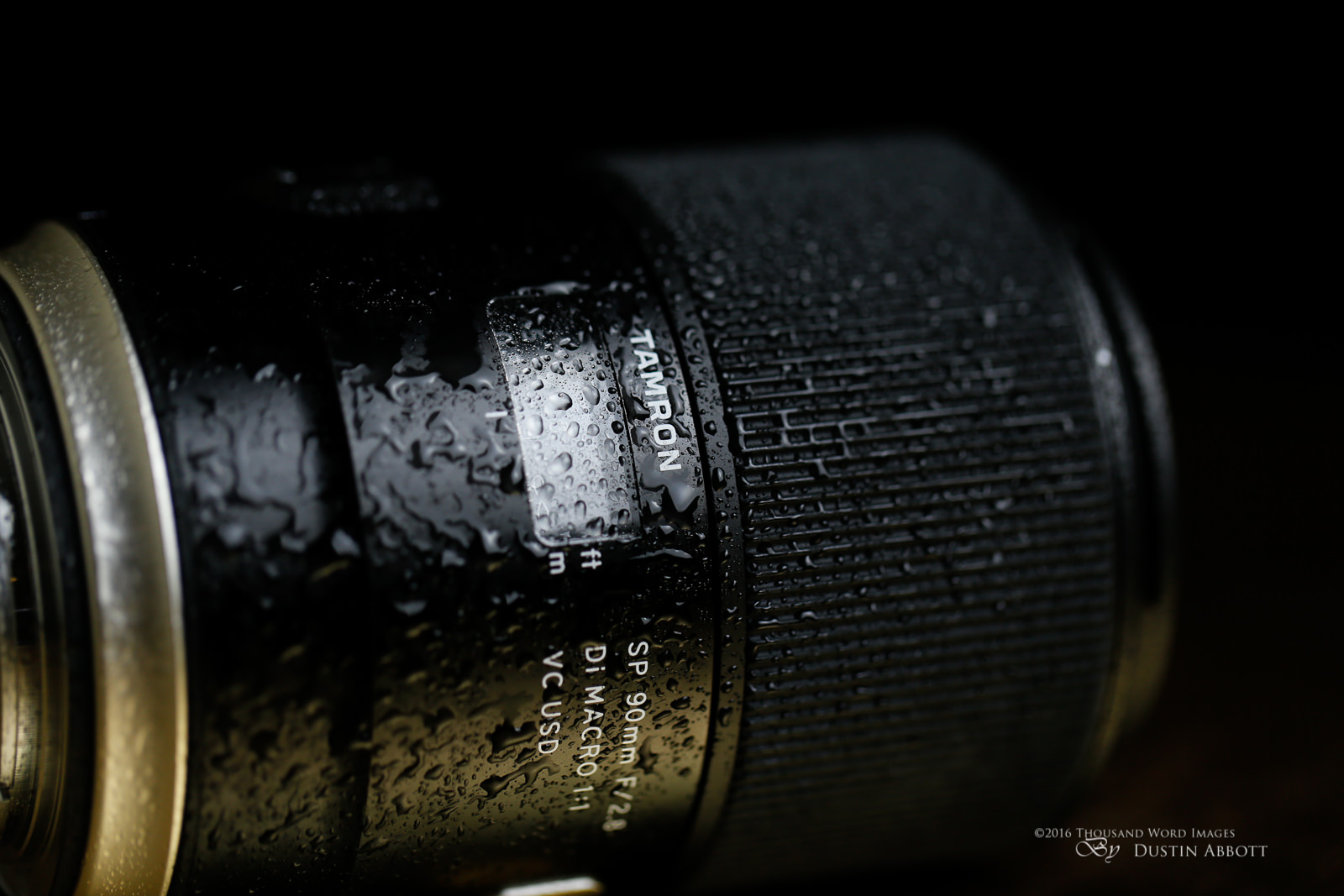
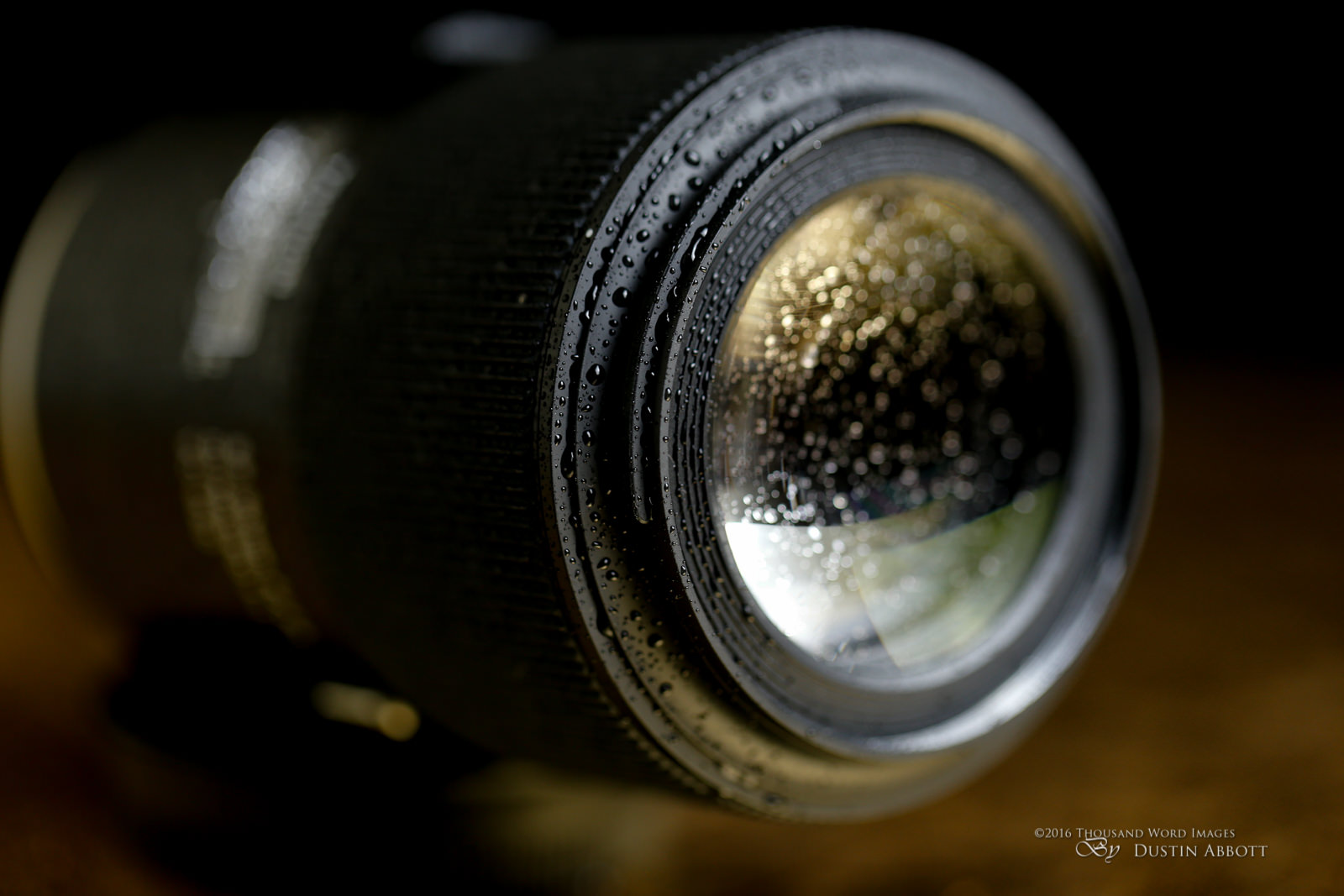
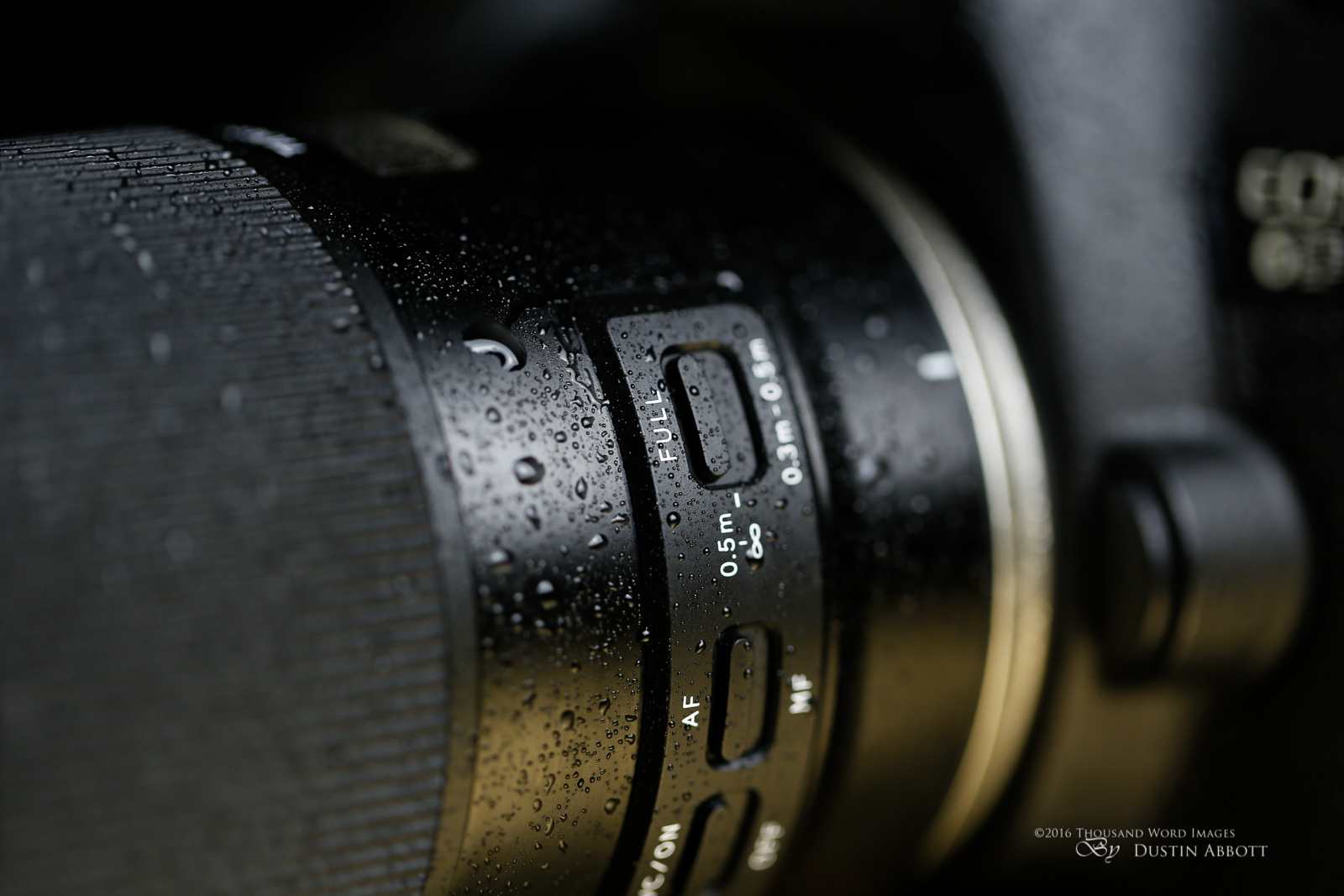

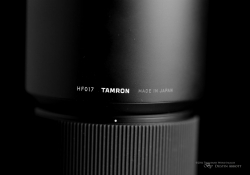
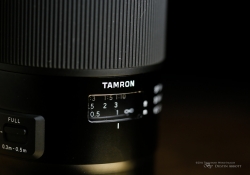
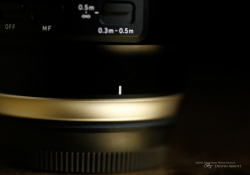
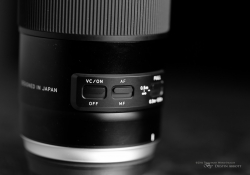
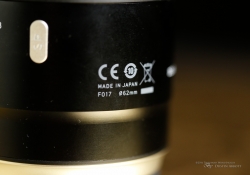


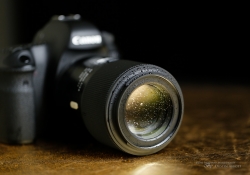
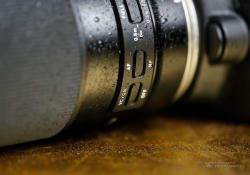






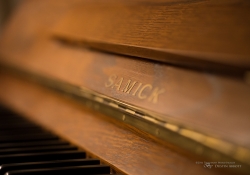








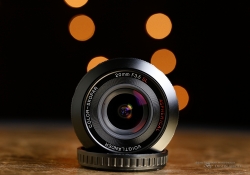
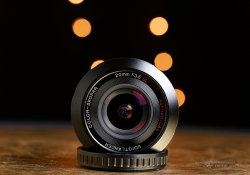
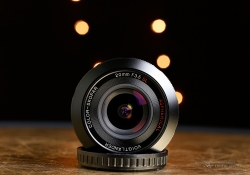



 Canon EOS R8 Review
Canon EOS R8 Review  Fujinon XF 18-55mm F2.8-4 LM OIS 40MP 2024 Review
Fujinon XF 18-55mm F2.8-4 LM OIS 40MP 2024 Review  Viltrox AF 56mm F1.7 X-Mount Review
Viltrox AF 56mm F1.7 X-Mount Review  Viltrox AF 56mm F1.7 X Mount Gallery
Viltrox AF 56mm F1.7 X Mount Gallery 





Dustin,
I’ve been following your reviews for a while now and I have to say that your reviews are the best quality I’ve been able to find on the Web. I greatly appreciate the work you are doing. Thanks -Mike.
Mike, that is very high praise and I appreciate it!
great quality images! waiting for your 85mm 1.8 review, nice greets
I’m really looking forward to the 85 VC, too. If it is as good as I expect I may add it to my own kit.
Another well written review with many astute observations that are relevant for the non-pro (and the pro, too, I imagine).
Thanks for the great feedback, Larry.
An excellent review that I am happy to have in my inbox, and excellent lens that is shortly going to be in my bag. Wonder if it’s a capable portrait lens!?
Medium telephoto macro lenses are great portrait lenses – a perfect focal length and great sharpness/bokeh.
Hi
thank you for excellent review..i was confused between Canon 100mm IS Macro ( too costly ) & New Tamaron 90MM Macro.. now i am going to place order for Tamaron 90mm Macro after listening to your review.. thank you
Glad to help out!
Hello! Thank you for the solid review! I am considering whether buy newer (F004) or older (F017) version. Is the newer lens worth to paying extra money (in my country newer version costs 50% more than older)? I know it’s my money, but I would like to know your objective opinion about real value of the new Tamron.
Iwona – I’d look at the features I discuss in this article and determine whether they are worth the extra money to you. If not, the older lens is still a very good one.
I was afraid of such answer 😉 I decided to wait. I prefer the newer version, but for now the price is too high.
Hallo Dustin,
I need your advice. I’m absolutely not into macro photography but I plan to digitalize my old negative and slide films by using a macro lens and a small light table. The Tamron 90mm macro seems to be my best choice for my Sony A77.
But there’re three versions available (actually even four): The oldest version comes in at only 280 € and has been rated very good at the time. The F004 come in at about 420 €, has improved AF (which I don’t necessary need), weather sealing (which I also don’t need), better coatings (maybe interesting?) and internal focusing (which might be interesting for my case). And finally the latest version F017 which looks much nice and slightly improved contrast and weather sealing, for about 700 € but not available for the next 3 months. Additionally, there’s also the Tamron 60mm 2.0 for crop sensor for about 350 €. It’s from 2009, so between the first and the second version of the 90mm. How does it compare?
The question is, is there a image quality advantage (like sharpness, CA, micro-contrast) for my use case (indoor, close focus, reproduction, stopped down, tripod) from the first, second and third version that is a) visible without comparison and b) justifies the higher price?
Thanks for your reply
If you plan to mostly manually focus, you probably can get away with the oldest version. The new ones are better at a lot of things, but that was a good macro lens, particularly when stopped down to typical macro apertures. The new lens is the best without a question, but you can produce great results with the oldest lens. The one thing to remember about the oldest one, though, is that it isn’t internally focusing and will extend quite a ways, making it a bit more complicated to use in close macro settings.